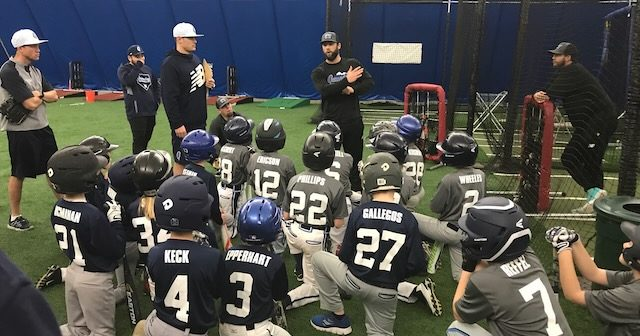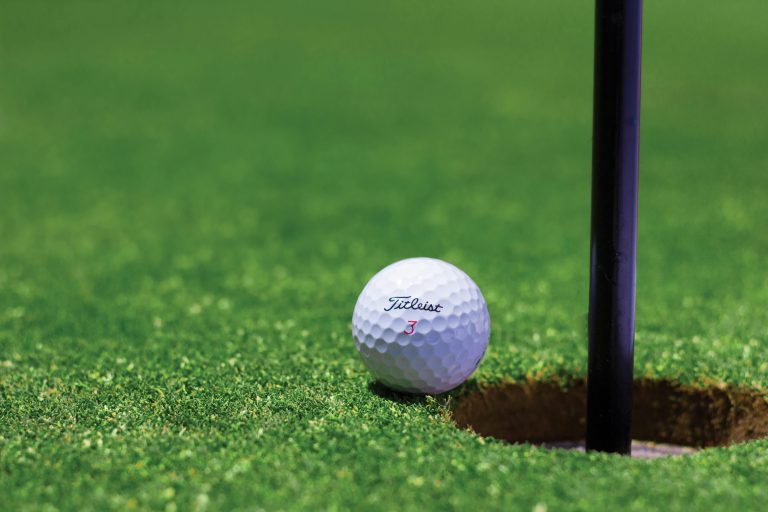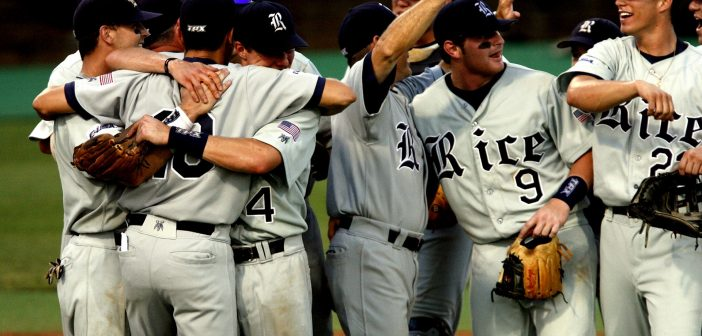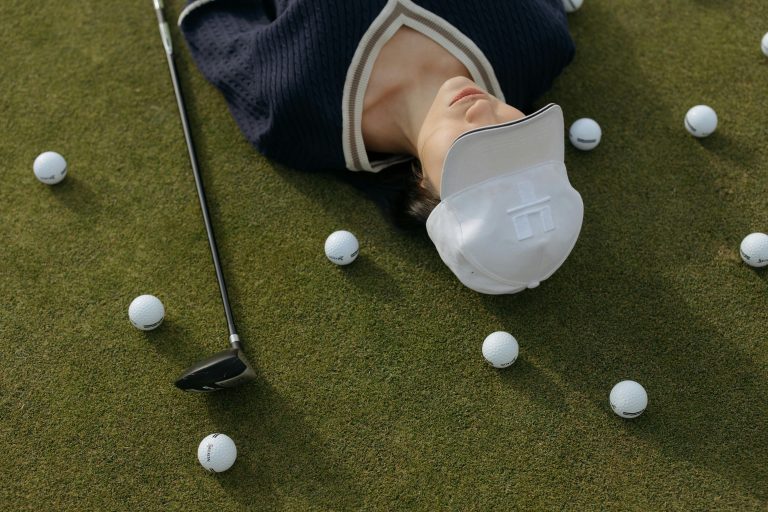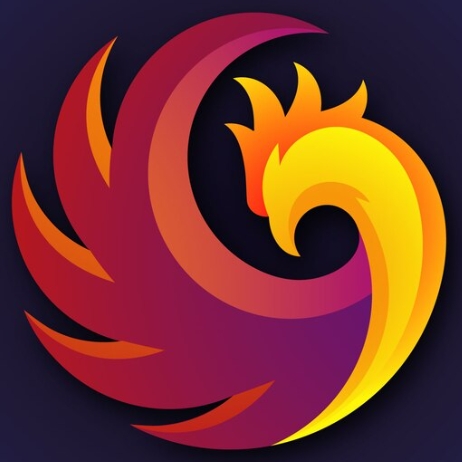
The size of youth baseball fields will vary depending on the age group and the guidelines of the particular league or organization. bounce back net for softball Here are some general guidelines for youth baseball field sizes by age, league, and level of play.softball nets and screens
Table of Contents
Size of youth baseball field by age
Here is a general guide to the size of youth baseball fields by age.softball front toss net Field sizes may vary based on age groups and the guidelines of the particular league or organization. softball game explained For more specific information about youth leagues, see below.how to set up a softball net
T-ball (ages 4-6) :
Basic path: 45 feet
Distance to pitch: about 40 feet
Coach Referral (ages 7-8) :
Basic path: 60 feet
Distance to pitch: About 40-50 feet
Youth Baseball (ages 9-12) :
Basic path: 60 feet
Pitch distance: 46 feet (Little League), 50 feet (PONY baseball) or varies according to local league rules.
Intermediate Baseball (ages 11-13) :
Basic path: 70 feet
Distance to pitch: 50 feet
Youth Baseball (12-14 years old) :
Basic path: 90 feet
Distance: 60 feet, 6 inches
Senior Baseball (ages 13-16) :
Basic path: 90 feet
Distance: 60 feet, 6 inches
Field sizes may vary depending on the particular league or organization.softball net academy
Note: Different youth leagues may use different youth ballpark sizes
An example of two youth baseball leagues using different field sizes for players of the same age group is Little League and Pony Baseball. softball games near me Let’s compare the field sizes of the respective standard groups, which are usually suitable for players aged 9 to 12:
Little League (Standard Group – ages 9-12) :
Base path (distance between bases) : 60 feet
Distance to throw: 46 feet
PONY Baseball (Mustang Group – ages 11-12) :
Base path (distance between bases) : 70 feet
Distance to pitch: 50 feet
As you can see, Little League’s standard division uses a 60-foot base lane and a 46-foot pitching distance, while PONY Baseball’s Bronco division is also suitable for players ages 11 to 12, using a 70-foot base lane and a 50-foot pitching distance. golf and softball hitting net The distance of the pitch. This means that players of the same age will experience different field sizes and playing conditions while participating in the two youth baseball organizations.athletic works softball net
These differences in the size of the field are due to different rules and regulations set by each organization with the aim of keeping the game in line with the physical and developmental abilities of players in their respective age groups.softball net backstop

List of popular youth leagues
Some youth baseball leagues are popular and well known throughout the United States. Some of the most popular youth baseball leagues include:
- Little League: Little League is one of the most recognized and widely participated youth baseball organizations worldwide. It offers different levels according to age, of which the Little League World Series is a famous international championship.softball net bag
- PONY Baseball: PONY (Protecting Our Nation’s Youth) baseball is another important youth baseball organization with divisions for different age groups.softball batting net
- Cal Ripken Baseball: The league is named after legendary baseball player Cal Ripken Jr. The name, associated with the Babe Ruth League, focuses on player development and fair play.softball bounce net
- Babe Ruth Baseball: The Babe Ruth League offers baseball programs for players of all ages and is an established youth baseball organization.softball back net
- American Legion Baseball: American Legion Baseball is a youth baseball program affiliated with the American Legion that generally emphasizes character development and community involvement.baseball softball net
- USSSA Baseball: The United States Professional Athletic Association (USSSA) offers youth baseball programs that include a variety of age groups and competitive competitions.best rated softball net
- National Amateur Baseball Federation (NABF) : NABF is a youth baseball organization that organizes national and regional tournaments for amateur baseball teams.softball batting cage net
- Dixie Youth Baseball: Dixie Youth Baseball is a popular league in the southern United States that offers youth baseball programs at various levels.softball nets cost
- AABC (American Amateur Baseball Conference) : AABC offers youth baseball programs, including the Connie Mack World Series for senior players.softball catching net
These are some of the most prominent youth baseball leagues in the United States, but there are many more regional and local youth baseball organizations that cater to different age groups and skill levels. The popularity of these leagues can vary from region to region, and the choice of league usually depends on the preferences and goals of the players and their families.softball net and tee combo
But while we’re on the topic of ballpark size, let’s move on. Here’s how the size of a youth baseball field compares to the size of a college baseball field and the size of a professional baseball field.softball for beginners near me
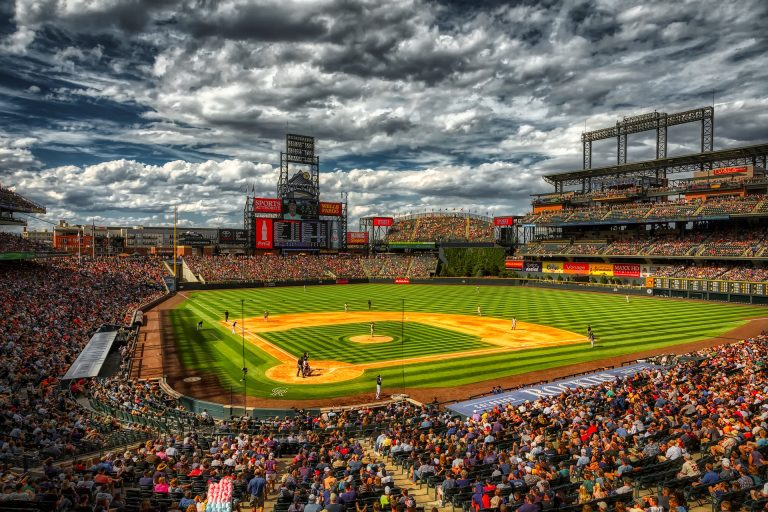
Baseball field dimensions at the college and professional levels (such as Major League Baseball (MLB)) are subject to specific guidelines and standards.softball catching lessons near me
The guidelines and standards for the size of college baseball stadiums, as well as many other rules and regulations governing college baseball, are set by the NCAA (National Collegiate Athletic Association). The NCAA is the governing body for college sports in the United States and is responsible for setting and enforcing the rules for various sports, including baseball.champion sports softball net
The following are typical field sizes for college and professional baseball:
Major League Baseball (MLB) :
What is the standard MLB ballpark size? Major League Baseball field measurements are as follows:
Basic path: 90 feet
Distance: 60 feet, 6 inches
Home run fence: Varies by stadium, but typically the distance from home plate to the outfield fence is about 330 to 400 feet.
Outfield fence height: Usually 8 to 12 feet.
Infield dimensions: The distance between the softbase and the mound remains the same, at 90 feet and 60 feet 6 inches, respectively. However, the shape and size of the infield may vary from stadium to stadium.how much does a softball net cost
NCAA College Baseball (Division I) :
What is the standard size of a college baseball field?
Basic path: 90 feet
Distance: 60 feet, 6 inches
Home run fence: It varies depending on the stadium, but is usually about 330 to 400 feet.
Outfield fence height: Usually 8 to 12 feet.
It is important to note that while these sizes are typical for professional and college baseball, they may vary depending on the particular stadium or ballpark. Some stadiums may have unique features, such as different outfield wall heights, power channels, or other design elements that may affect the size of the field. In addition, college baseball standards other than Division I may vary slightly, but Division I is the most widely recognized and televised level of college baseball.everfit portable baseball softball practice net
For the most accurate and up-to-date information on field dimensions at the college and professional levels, it is best to refer to the official websites of the respective leagues, teams or stadiums, as they may provide specific details about their facilities.softball net for sale
What is the standard baseball field size in meters?
Standard baseball fields, such as those used in Major League Baseball (MLB), follow field dimensions defined in feet and inches rather than meters. However, if you want to convert these dimensions to meters, here is an approximate conversion of the key dimensions of a baseball field:
- Base path (distance between bases) : 90 feet = approximately 27.43 meters
- Distance to throw: 60 feet 6 inches = approximately 18.44 meters
- Home run fence distance: Typically, the distance to the outfield fence varies, but ranges from about 100 to 122 meters.
These measurements are approximately convert, and it is important to note that there may be some variation in ballpark dimensions depending on the particular field and league or organization regulations.softball net fence
Baseball Field Dimensions – Frequently Asked Questions
Here are some of the most common questions related to the size of ballparks and the size, layout, and rules of ballparks. Here are some of the most common baseball field size problems:
- What is the standard route and distance of a baseball pitch? (Answer: 90-foot base lanes and 60-foot, 6-inch pitches in Major League Baseball)
- On a standard baseball field, how far is the outfield fence from home plate? (Answer: This value can vary, but is usually about 330 to 400 feet in Major League Baseball.)
- What is the distance between the mound and home plate in Little League baseball? (Answer: 46 feet in large area)
- What is the size of the 9-12 year old baseball field? (Answer: Typically, Little League and similar organizations have bases 60 feet long and pitches 46 feet long for that age group.)
- What is the infield size of a standard baseball stadium? Answer: The infield usually includes the pitcher’s mound, the bases, and the area around them. The exact size may vary, but usually fits the entire site size.)
- What is the basic path of Little League T-Ball? (Answer: T-ball 50 feet)
- What is the size of the outfield fence at a high school baseball stadium? (Answer: Outfield fence distances can vary, but are usually between 300 and 400 feet.)
- What is the size of a college baseball pitcher’s mound? (Answer: In college baseball, the mound is typically 60 feet, 6 inches from home plate, similar to MLB.)
- What are the distance and height requirements for youth baseball outfield fences? (Answer: These may vary by league and age group, but are usually specified in rules and regulations.)
- What is the field size for softball compared to baseball? (Answer: Softball fields have shorter base lanes and pitching distances than baseball stadiums, and the pitching rubber is usually closer to home plate.)
The questions cover a range of topics related to ballpark size, from standard sizes in different leagues to specific sizes for different ages and variations.softball net for garage

